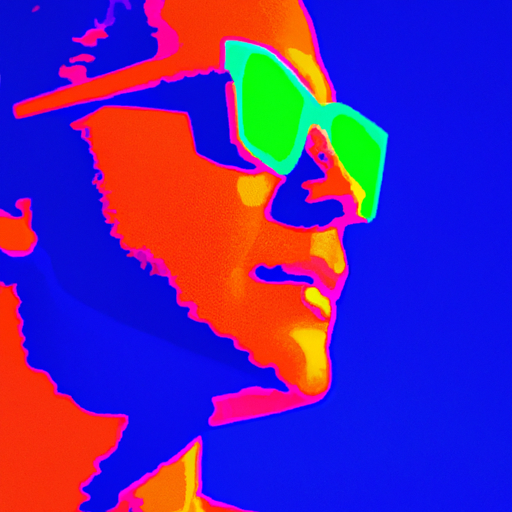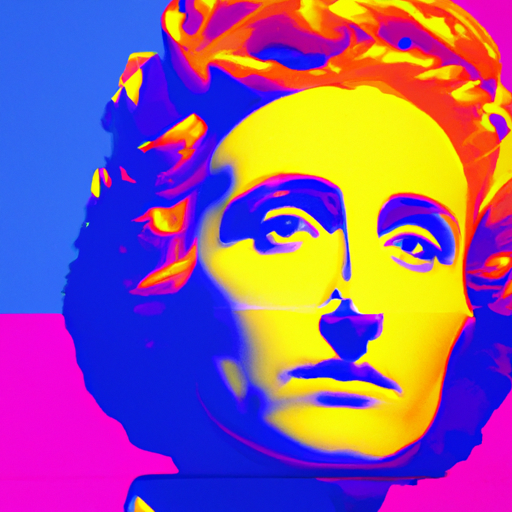
-
Table of Contents
The Rise of 3D Illustration in Design

Design has always been a dynamic field, constantly evolving to meet the changing needs and preferences of its audience. In recent years, one trend that has gained significant traction is the rise of 3D illustration in design. This innovative approach to visual communication has revolutionized the way designers create and present their ideas. In this article, we will explore the reasons behind the growing popularity of 3D illustration, its impact on various industries, and the future prospects of this exciting design trend.
What is 3D Illustration?
Before delving into the rise of 3D illustration, it is essential to understand what it entails. 3D illustration is a technique that uses computer-generated imagery (CGI) to create three-dimensional visual representations. Unlike traditional 2D illustrations, which are flat and lack depth, 3D illustrations bring objects and scenes to life by adding depth, texture, and realistic lighting effects.
3D illustration involves the use of specialized software, such as Autodesk Maya, Cinema 4D, or Blender, to create virtual models of objects or environments. These models can then be manipulated and rendered from different angles to achieve the desired visual effect. The final result is a highly realistic and immersive illustration that can be used in various design applications, including advertising, product design, architecture, and more.
The Advantages of 3D Illustration
The rise of 3D illustration can be attributed to several key advantages it offers over traditional 2D illustrations. These advantages have made it an attractive choice for designers looking to create visually stunning and engaging content. Let’s explore some of the main benefits of 3D illustration:
- Realism: 3D illustrations have the ability to mimic real-world objects and environments with incredible accuracy. This level of realism allows designers to create visuals that are almost indistinguishable from photographs. By leveraging realistic lighting, textures, and materials, 3D illustrations can evoke a sense of authenticity and believability.
- Flexibility: Unlike traditional illustrations, which are static and limited in terms of perspective, 3D illustrations offer unparalleled flexibility. Designers can easily manipulate and adjust the position, angle, and lighting of objects in a 3D scene. This flexibility allows for greater creativity and experimentation, enabling designers to create unique and captivating visuals.
- Efficiency: While creating 3D illustrations may require a learning curve and initial investment in software and hardware, it can ultimately save time and resources in the long run. Once a 3D model is created, it can be reused and repurposed for different projects, reducing the need to start from scratch. Additionally, changes and revisions can be made more efficiently in a 3D environment compared to traditional illustrations.
- Interactivity: 3D illustrations have the potential to be interactive, allowing users to explore and interact with the visual content. This interactivity can enhance user engagement and create a more immersive experience. For example, in product design, 3D illustrations can be used to showcase different product variations or allow users to rotate and zoom in on the product for a closer look.
The Impact of 3D Illustration in Various Industries
The rise of 3D illustration has had a profound impact on various industries, transforming the way businesses communicate and engage with their audience. Let’s take a closer look at some industries that have embraced 3D illustration:
Advertising and Marketing
In the advertising and marketing industry, 3D illustration has become a powerful tool for creating visually striking and memorable campaigns. By leveraging the realistic and immersive nature of 3D illustrations, brands can capture the attention of their target audience and convey their message more effectively. For example, a car manufacturer can use 3D illustrations to showcase the sleek design and features of their latest model, creating a compelling visual narrative that resonates with potential buyers.
Product Design
3D illustration has revolutionized the way products are designed and presented. Designers can create virtual prototypes of products, allowing them to visualize and refine the design before investing in physical prototypes. This not only saves time and resources but also enables designers to iterate and experiment more freely. Additionally, 3D illustrations can be used in product catalogs and e-commerce platforms to showcase products from different angles and provide a more immersive shopping experience.
Architecture and Interior Design
In the field of architecture and interior design, 3D illustration has become an invaluable tool for visualizing and presenting design concepts. Architects can create realistic 3D renderings of buildings and spaces, allowing clients to visualize the final result before construction begins. This helps in making informed decisions and ensures that the design meets the client’s expectations. Furthermore, 3D illustrations can be used to create virtual tours of spaces, providing a realistic and immersive experience for potential buyers or tenants.
The Future of 3D Illustration
The rise of 3D illustration shows no signs of slowing down. As technology continues to advance, we can expect even more realistic and immersive 3D visuals in the future. Here are some trends and developments to watch out for:
- Virtual Reality (VR) and Augmented Reality (AR): The integration of 3D illustration with VR and AR technologies has the potential to revolutionize various industries. VR allows users to immerse themselves in a virtual environment, while AR overlays digital content onto the real world. By combining 3D illustrations with VR and AR, designers can create interactive and immersive experiences that blur the line between the physical and digital worlds.
- Real-time Rendering: Real-time rendering technology is rapidly advancing, enabling designers to create high-quality 3D illustrations in real-time. This allows for faster iteration and more efficient workflows, making 3D illustration more accessible to a wider range of designers and industries.
- Integration with Artificial Intelligence (AI): The integration of AI with 3D illustration has the potential to automate and streamline certain aspects of the design process. For example, AI algorithms can generate realistic textures or assist in the creation of complex 3D models. This integration can save time and enhance the overall efficiency of the design workflow.
Conclusion
The rise of 3D illustration has brought a new dimension to the world of design. Its ability to create realistic and immersive visuals has made it a popular choice for designers across various industries. The advantages of 3D illustration, such as realism, flexibility, efficiency, and interactivity, have transformed the way businesses communicate and engage with their audience. As technology continues to advance, we can expect even more exciting developments in the field of 3D illustration, including the integration with VR and AR, real-time rendering, and AI. The future of
